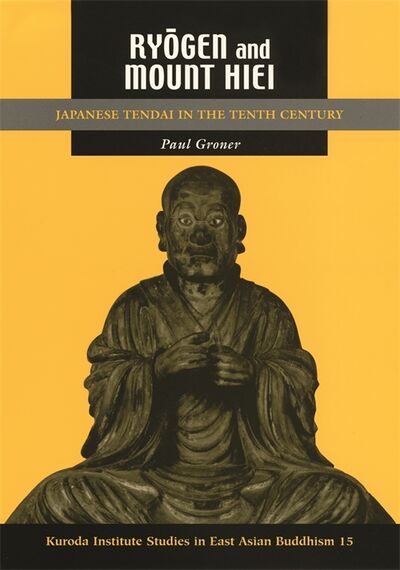1. Ryogen's Place in the History of the Tendai School 2. The Early History of Factionalism within the Tendai School: From Saicho through the Mid-tenth Century 3. Ryogen's Early Years 4. Ryogen's Rise to Prominence 5. Ryogen and the Fujiwaras: Patronage and Esoteric Buddhist Ritual 6. The Owa Debates 7. Ryogen's Appointments as Head of the Tendai School and to the Office of Monastic Affairs 8. The Significance of Ryogen's Revival of the Examination System 9. Rebuilding the Tendai Establishment on Mount Hiei 10. Ryogen as Zasu: Financing the Spread of Tendai Influence 11. Factionalism and Ryogen's Efforts to Control the Order 12. Ry6gen and the Role of Nuns in Ninth- and Tenth- centuryJapan 13. Epilogue: Ryogen's Posthumous Career Appendix 1. Ennin and Yokawa Appendix 2. A Note on Morosuke's Interests Appendix 3. Dying Instructions of the Great Archbishop Jie
�
Appendix 4. Takamitsu's Retreat to T6nomine
Appendix 5. A Record of the Owa Debates
Appendix 6. Ten Doubts concerning the Hosso School
Appendix 7. Zoga as an Eccentric
Appendix 8. Invocation of Tendai Abbot Ryogen
Notes
Glossary
Bibliography
Index

